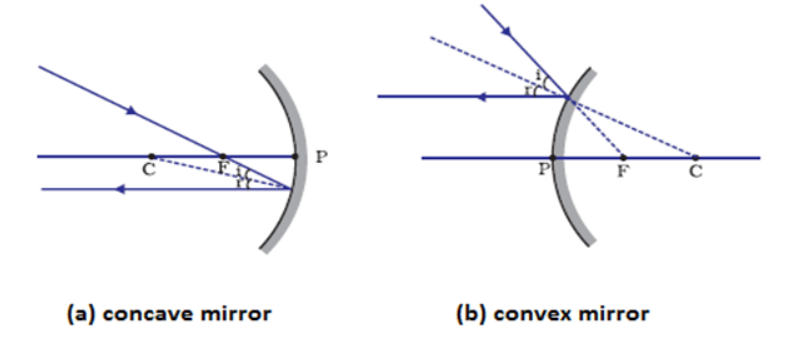

The constitutive equations together with the length and time scales of DEM are compared with those of other similar Lagrangian particle methods, e.g., mol. of adhesive spherical particles immersed in fluid flows, termed as adhesive particulate flow, are reviewed. In this paper, recent advances in the discrete-element method (DEM) for describing motion, deposition, agglomeration or aggregation of a large no. In another approach, the capillary equation is solved by a numerical algorithm without providing any analytical and mathematical explanation. (25) assumed equal contact angles for tip/liquid and liquid/plane interfaces in conjunction with a simple geometry for the AFM tip. The basis of most presented models is the energy method or a direct force calculation from the meniscus geometry obtained by the solution of the so-called Laplace equation, (28) consisting of several approximations. (26) To analyze the AFM experimental observables and quantify the measured capillary force, modeling the wet adhesion between different object shapes and particles is required. (21−27) Using different tip shapes, flexible measurements of materials with various properties, and the possibility of particles glued to the tip apex are the main factors that make AFM a versatile tool for capillary force measurements.

To measure capillary force, an atomic force microscope (AFM) offers significant advantages and received considerable attention, (3), (10), (11), (16). However, the main limitations of these methods are assumptions or approximations of the bridge profile including distance, volume, and embracing angle. The usual way to model the capillary force in this approach is a simplification of hydrostatic pressure across the liquid–air interface and subsequently exploits a gorge, (18) circular, (3) parabolic, (19) and toroidal (20) approximation. (16,17) Due to the simplicity of calculation, the energy approach gets more attention.

The first one is based on the integration of the liquid bridge profile with the Laplace–Young equation, (9) while the second approach relies on the total energy of the liquid bridge. (8−15) Generally, the modeling approaches for capillary force can be classified into two main categories. To model and simulate the capillary force, the nonlinearity of the capillary equation combined with the variety of substrate geometries leads to a large number of solutions. The results of this study can provide a basis to model the hydrophobic and hydrophilic tip/surfaces and study their effect on adhesion force between the AFM tip and the substrate.Ĭapillary force is a meniscus force due to condensation typically observed in a wet medium. Finally, the validity of the proposed theoretical model is verified using numerical analysis and available experimental measurements.
Concave angle of reflection calc free#
To model capillary forces, while a circular approximation for the meniscus of the bridge is assumed, the combination of the capillary adhesion due to the pressure difference across the free surface and the vertical component of the surface tension forces acting tangentially to the interface along the contact line is utilized. The effects of contact angles, wetting circle radius, the volume of a liquid bridge, the gap between the AFM tip and substrate, environmental humidity, and tip geometry on the capillary force are studied. This paper presents a simple and robust model to describe the wet adhesion of the AFM tip and substrate joined by a liquid bridge.


 0 kommentar(er)
0 kommentar(er)
